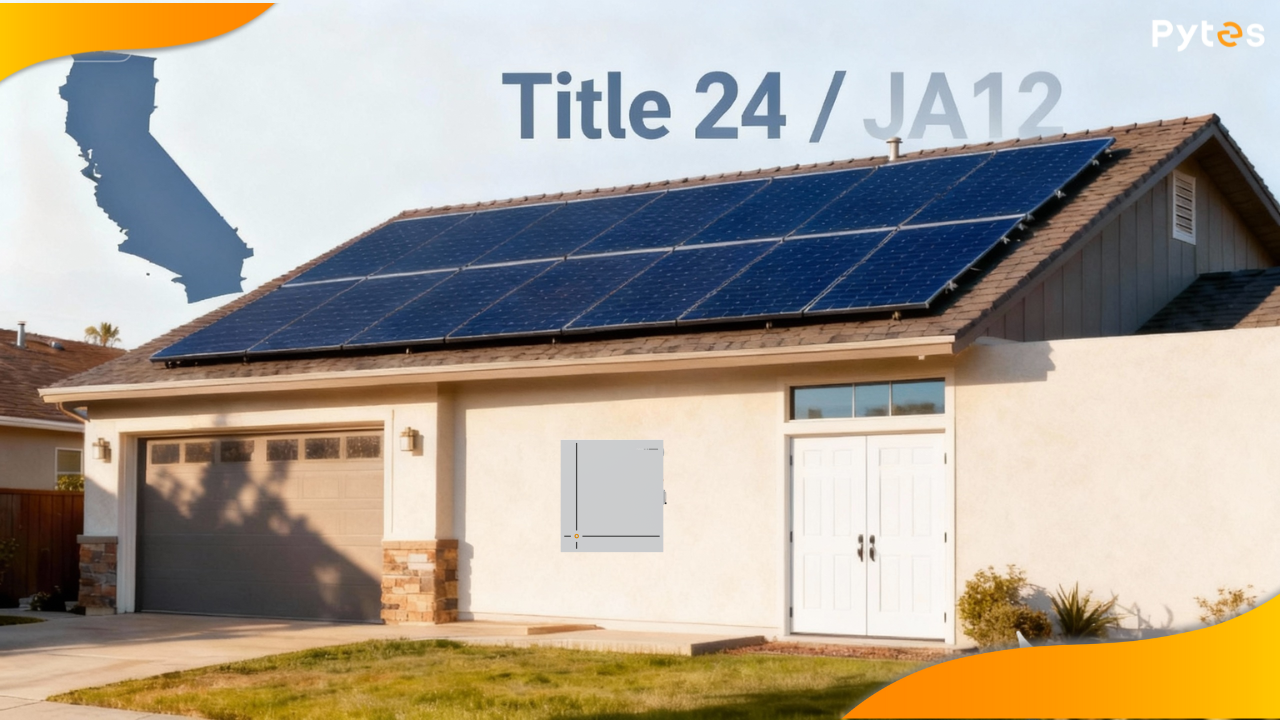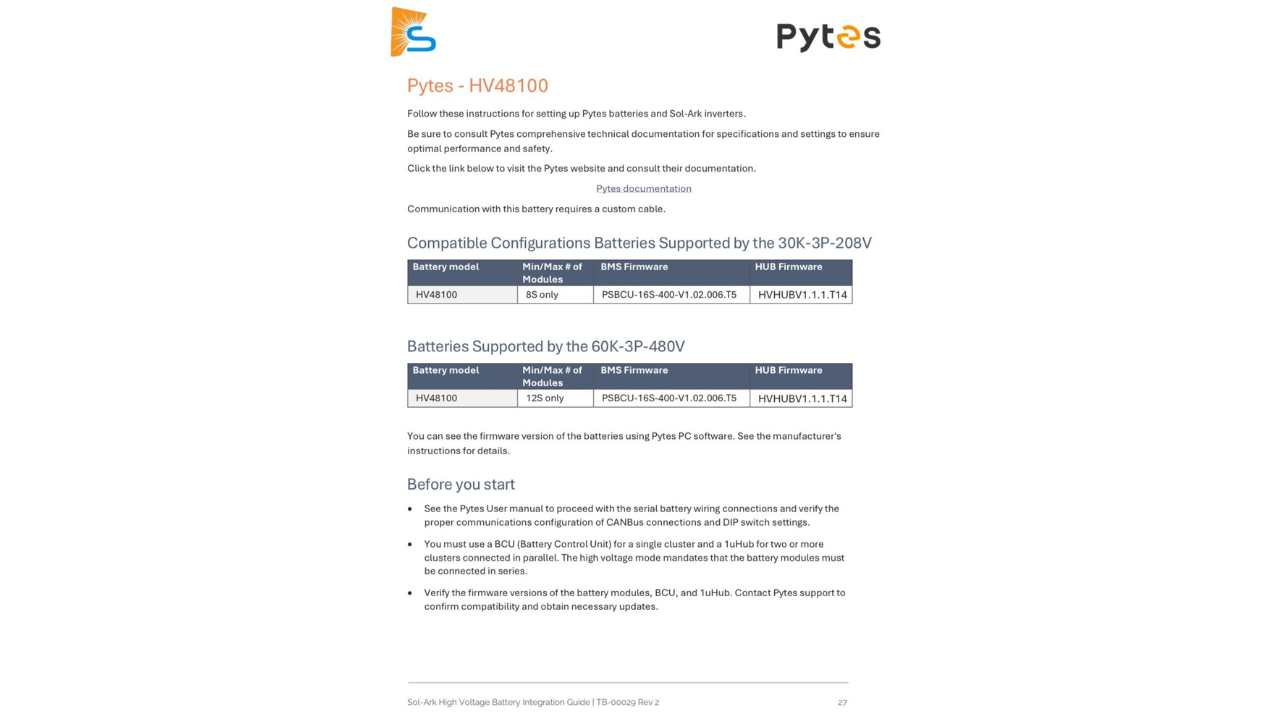As solar energy systems become increasingly popular among homeowners, pairing them with a reliable energy storage solution is essential for maximizing self-consumption and ensuring power availability during outages. Among battery technologies, Lithium Iron Phosphate (LFP) battery systems have gained widespread recognition for their safety, longevity, and efficiency. However, to fully unlock the benefits of LFP batteries in your home, it’s crucial to properly size and configure your system. This guide will walk you through everything you need to know to design a home LFP battery system that delivers maximum efficiency.
The first and most important step in sizing any home battery system is understanding your household’s energy consumption patterns. Start by analyzing your electricity bills over the past 12 months to calculate:
Average daily energy usage (kWh)
Peak energy demand (kW)
Times of highest consumption (day, evening, night)
This data helps determine how much energy your battery needs to store and discharge daily. For example, if your average daily usage is 20 kWh, a battery system with a usable capacity of around 15-20 kWh might be appropriate, assuming you want to cover most or all of your consumption during non-solar hours.
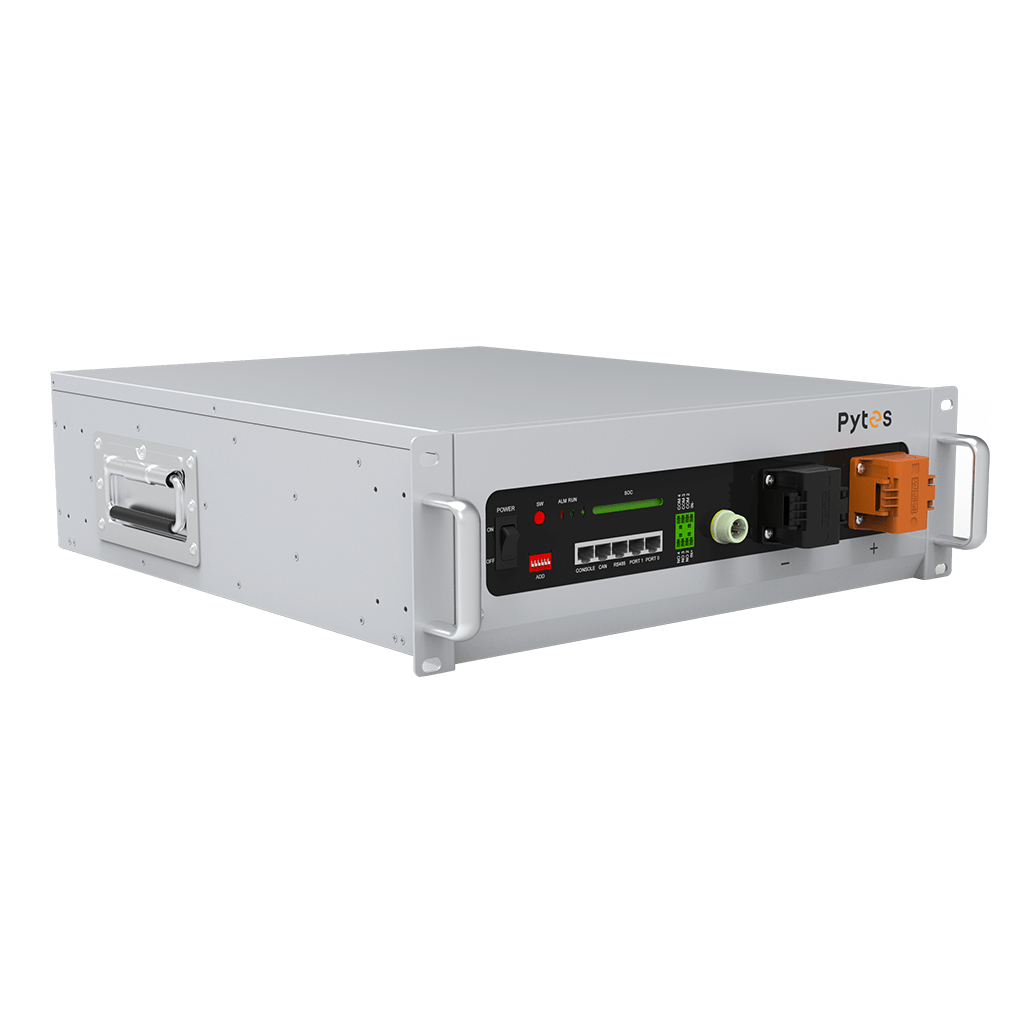
Safety: LFP chemistry is much less prone to overheating or thermal runaway compared to other lithium-ion types.
Long Cycle Life: LFP batteries can often exceed 6,000 full charge-discharge cycles, offering over a decade of use.
High Efficiency: Round-trip efficiency typically ranges from 90% to 97%, reducing wasted energy.
Stable Performance: LFP systems maintain capacity well over time and operate efficiently in a wide range of temperatures.
When sizing your LFP battery system, consider the depth of discharge, which is how much of the battery’s capacity you regularly use. LFP batteries typically support a DoD of up to 80-90%, meaning you can safely use most of their capacity without significantly degrading battery life.
Determine how many days you want your battery to sustain your home without solar input or grid power. For example:
1-day autonomy: The battery should cover your full daily energy consumption.
2-3 days autonomy: Recommended for areas prone to extended outages or unreliable grid service.
Multiply your average daily usage by the number of autonomy days, then adjust for DoD to calculate total required battery capacity.
While LFP batteries are efficient, no system is 100% efficient. Account for round-trip efficiency by increasing your calculated capacity by about 5-10%. For instance, if you need 20 kWh usable, consider a battery with around 22 kWh nominal capacity.
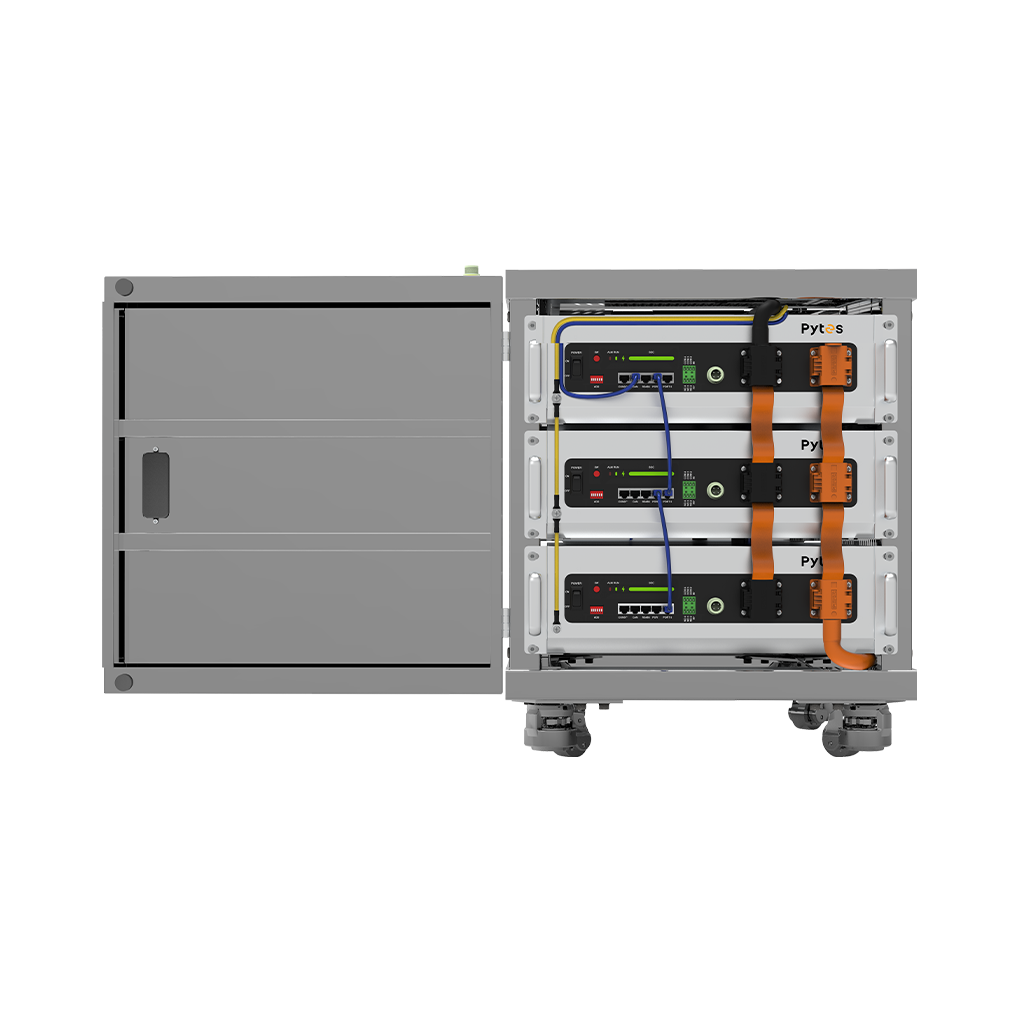
One key advantage of many modern LFP battery systems is their modular design. Systems like the Pytes V5° allow you to start with a smaller capacity and add additional modules as your energy needs grow. This flexibility ensures you don’t overspend initially but can upgrade easily later.
A robust Battery Management System is critical to maximize battery lifespan and safety. The BMS monitors voltage, current, temperature, and state of charge, and balances cells to prevent overcharging or deep discharging. When configuring your system, ensure the BMS is integrated and compatible with your inverter and solar setup.
Your battery system must work seamlessly with your inverter. Many home LFP battery systems come with built-in inverters or work with hybrid inverters that manage solar input, battery storage, and grid feed. Compatibility ensures smooth energy flow, efficient charging/discharging, and accurate monitoring.
LFP batteries perform well over a broad temperature range, but extremes can impact efficiency and longevity. Some systems, like Pytes V5°, feature self-heating capabilities that maintain optimal battery temperature in cold weather, ensuring consistent performance year-round.
In hot climates, proper ventilation or climate control may be necessary to prevent overheating. Position your battery system in a shaded, well-ventilated area to maintain efficiency.
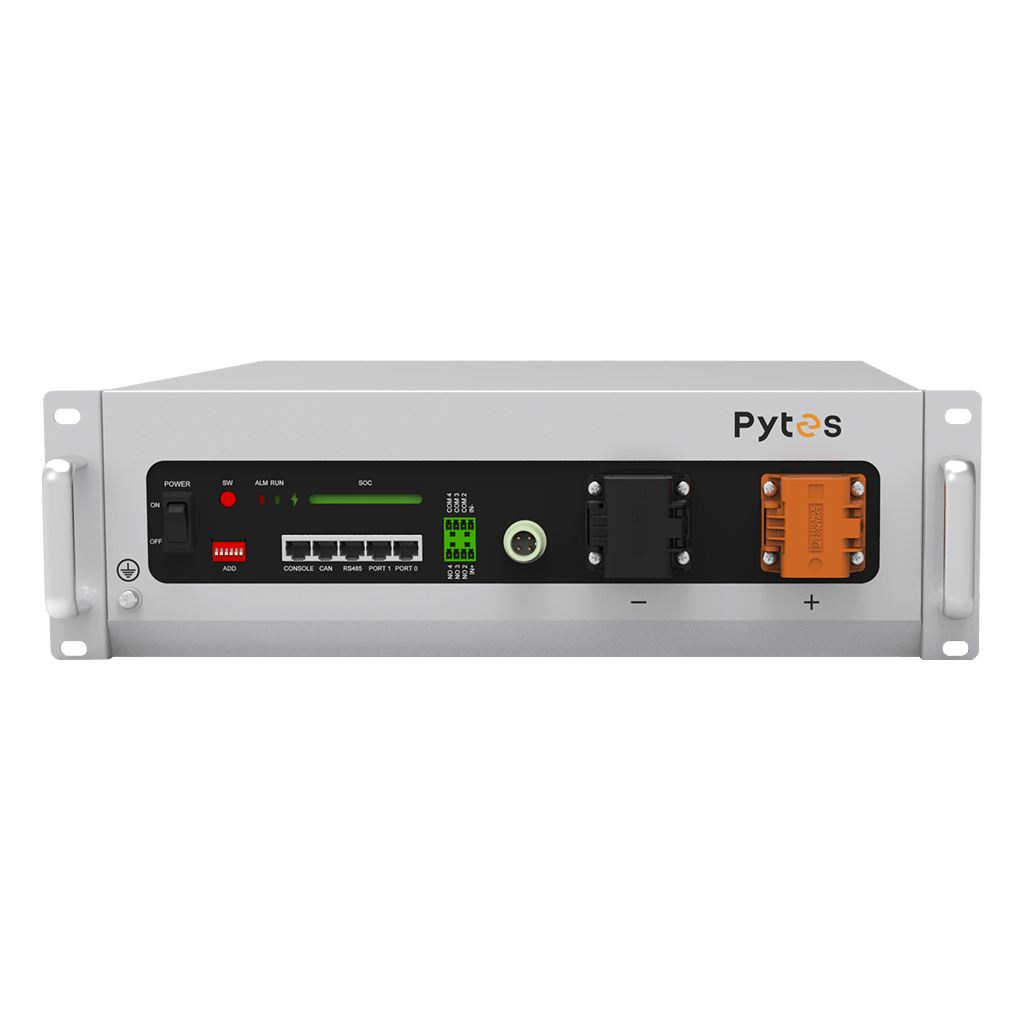
Choosing and configuring the right lithium iron phosphate battery system for your home is essential to fully capitalize on the benefits of solar energy storage - providing safety, reliability, and affordability. Balance efficiency and autonomy by understanding your energy needs and choosing a scalable and well-managed system like Pytes V5°.
Pytes(USA) Energy, Inc, is a leader in the development of residential energy storage systems. Our goal is to help individuals save money and feeland leverage over 20 years of technical expertise. Pytes(USA) Energy, Inc, is a leader in the development of residential energy storage systems. Our goal is to help individuals save money and feeland leverage over 20 years of technical expertise.
Welcome to contact Pytes for more information on LFP energy storage solutions.
Email:pytesusa@pytesgroup.com
Integrating Home LFP Batteries with Smart Home Energy Systems

